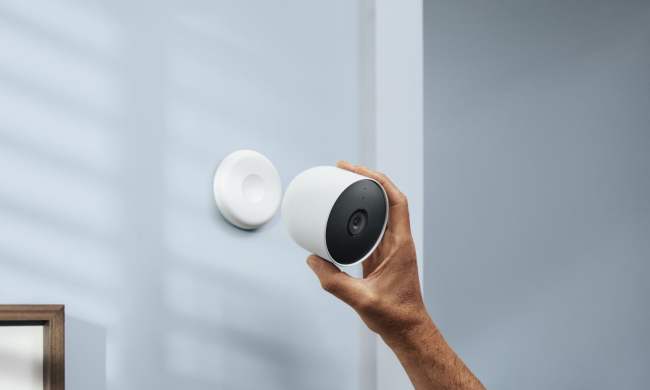
Earlier this month, Google was ordered to turn over the usage history of every YouTube user to Viacom as part of the discovery process related to Viacom’s $1 billion copyright infringement lawsuit against Google. The usage logs would reveal the user ID of every YouTube user and the IP they used to connect to the service, along with a video identifier and a playback start time for every video accessed via YouTube.
Now, lawyers for both sides as well as for the Football Association of England (which has filed a similar suit against Google/YouTube) have reached an agreement whereby Google will still supply then with access information for videos played back via YouTube, but that information will first be anonymized to remove users’ YouTube usernames and IP address data.
Groups like the Electronic Frontier Foundation and other privacy advocates had argued that disclosing YouTube users’ usage histories amounted to disclosing “deeply private” information about the users and violated the Video Privacy Act of 1988, a law passed after Supreme Court nominee Robert Bork’s video rental records were revealed.
The move to anonymize YouTube data goes a long way towards protecting the privacy of YouTube users. Although Viacom has said it has no intention of identifying individual users and wishes only to suss out usage patterns among the data. It’s worth noting the the anonymizing agreement apparently does not cover employees of the parties involved in the case, and the groups would work out a separate agreement on how to handle that data in the coming weeks.


